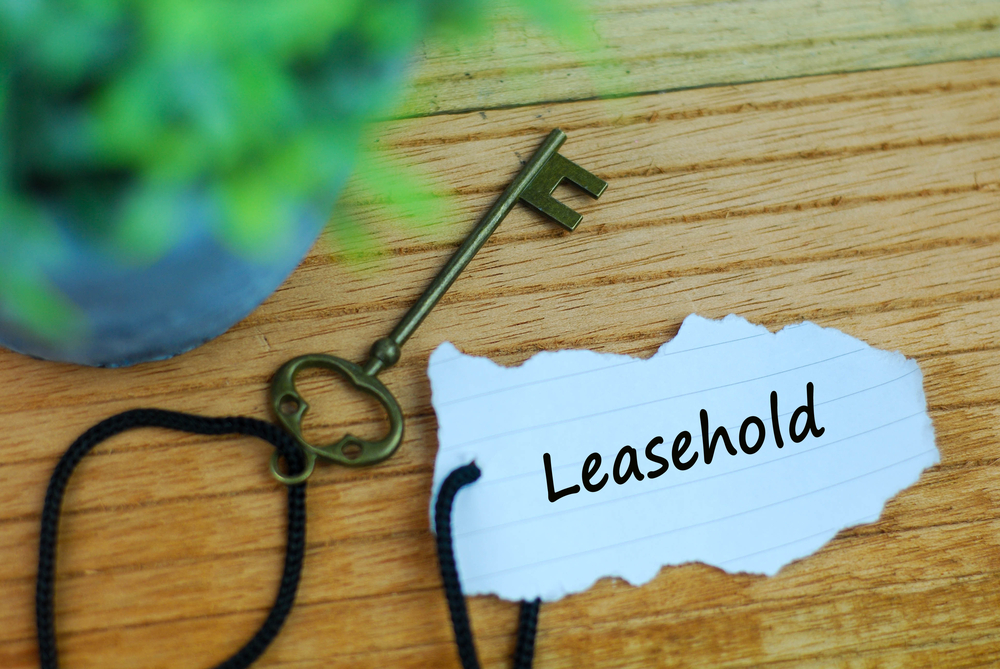 House prices have increased by more than £1,300 a month over the past five years, while deposits have risen by a third, new research shows.
House prices have increased by more than £1,300 a month over the past five years, while deposits have risen by a third, new research shows.
According to the latest Lloyds Bank Homemover Review, the average price of a property over the past five years has increased by a staggering 38% from £206,997 in 2011 to £261,550 in June 2016.
This is an increase of £78,609 – equivalent to a monthly rise of £1,310.
Unsurprisingly, the largest increase was in London, where prices have shot up by 55% since June 2011 to £540,440.
The capital is followed by the South East where homemovers now pay on average £382,324 – an increase of 45% in the past five years.
By contrast, the average homemover price in Northern Ireland has edged up over the same period by just 2% from £156,764 to £159,326.
In the past year the average homemover price has grown by 9% to £285,606.
The average deposit put down by a homemover has increased by 32% in the past five years, from £72,357 in 2011 to £95,385 in 2016.
Londoners put down the largest deposit towards the purchase of their next home of £192,133 – four and a half times higher than the average homemover deposit of £42,310 in Northern Ireland.
The number of homemovers has increased by 9% in the first six months of the year compared with the same period in 2015.
The number of people moving up the housing ladder has increased from 160,900 last year to 174,700 – the highest level since 2008.
However, the current figures fall way below the pre-crisis level of 327,600 in the first half of 2007.
Most regions of the UK have seen an improvement in second stepper affordability since 2011.
The largest improvement was in Northern Ireland where this ratio has fallen from 6.2 in 2011 to 4.9 in 2016, followed by the North (7.2 to 6.0) and Scotland (6.6 to 5.6).
In contrast, affordability has deteriorated in London (9.7 to 10.9) and the South East (8.7 to 9.4).
The research found that home owners are increasingly taking out mortgages for longer terms.
In the first half of 2011 the proportion of homemovers taking up a 25 to 35-year mortgage stood at an average of 9%. By 2016, this has doubled to almost one in five (18%).
Over the same period, the share of mortgages with a 20 to 25-year term dropped from 36% to 29%.
Andrew Mason, Lloyds Bank mortgage product director, said: “The homemover market is at a nine-year high after growing by nine per cent in the past year. A favourable economic backdrop, record low mortgage rates and the stamp duty changes announced in December 2014 have supported the market.
“Higher house prices have also boosted homemover equity levels which in turn have helped towards the purchase of the next home. This improvement is likely to have provided uplift to housing demand amongst existing homeowners even though wage growth has not kept pace during this period.”
What Mortgage has teamed up with London & Country to offer you expert advice on the right mortgage deal.
Whether you’re buying a new home, remortgaging to a new deal or buying an investment property, L&C can help – and you’ll pay no fee for their advice. To find out more, click here.







